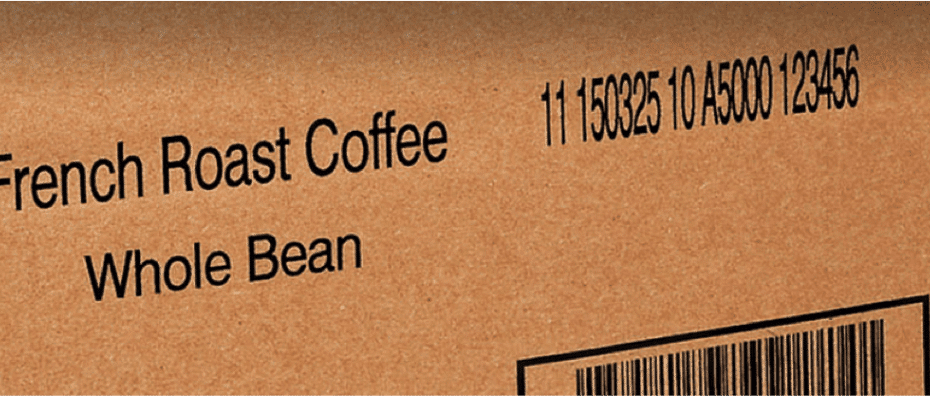ANSI Barcode Standards require the following evaluation:
1 . Edge Determination – is the image of the barcode as it is perceived by a moving aperture, such as a laser beam or a barcode wand. The scan reflectance profile is a measurement of spots and voids (called “defects”) as well as contrast and other parameters.
2. Minimum Reflectance – checks that the darkness of the bars is sufficient. To meet linear barcode quality requirements, the amount of light reflected by the bars (bar reflectance) must be less than half the light reflected by the spaces (space reflectance). (InkJet is great for this)
3. Symbol Contrast – measures the contrast between the brightest space and the darkest bar. The result is assigned a letter grade of A,B,C,D or F, with A being the highest contrast.
4. Minimum Edge Contrast – An important 1D barcode standard is minimum edge contrast, ensuring the contrast between adjacent bars and spaces is high enough.
5. Modulation – checks the worst case dip in contrast any place in the barcode. If all bars and spaces are the same brightness, modulation would be equivalent to symbol contrast, or 100 percent. If some spaces are less bright than the brightest one, modulation will be some fraction of the overall contrast. The percentage is assigned a letter grade. Excessive ink spread can result in low modulation because very narrow spaces appear to be filled in by the encroaching bars in the scan reflectance profile. This very serious issue for scanner was not directly addressed by Traditional verification techniques.
6. Defects – the worst case change in darkness within a single bar or space. The linear barcode standard for the largest difference in reflectivity found in a single bar or space is measured as a percentage of the Symbol Contrast and assigned a letter grade.
7. Decode – the widths of each bar and space is measured and used to interpret the number content of the barcode according to a specific mathematical formula appropriate for the barcode type. This formula must be specified, such as by the UCC Quality Specification for the UPC Printed Symbol, to apply to ANSI method to new types of barcodes. If the barcode cannot be decoded according to the formula, the accuracy of the bar and space widths are inadequate.
8. Decodability – the 1D barcode quality formula used for Decode is further analyzed to see how accurate the bar and space widths are. A perfectly accurate barcode will have 100 percent decodability, but decodability as low as 25 percent is often acceptable. This measure helps track degradation in printing plates and gives early warning while there is still plenty of room for more degradation.
9. Quiet Zone – this checks for adequate space on the left and right of the barcode. Often a design oversight violates the requirements for adequate space, but generally this is not something that would fluctuate during a print run.
